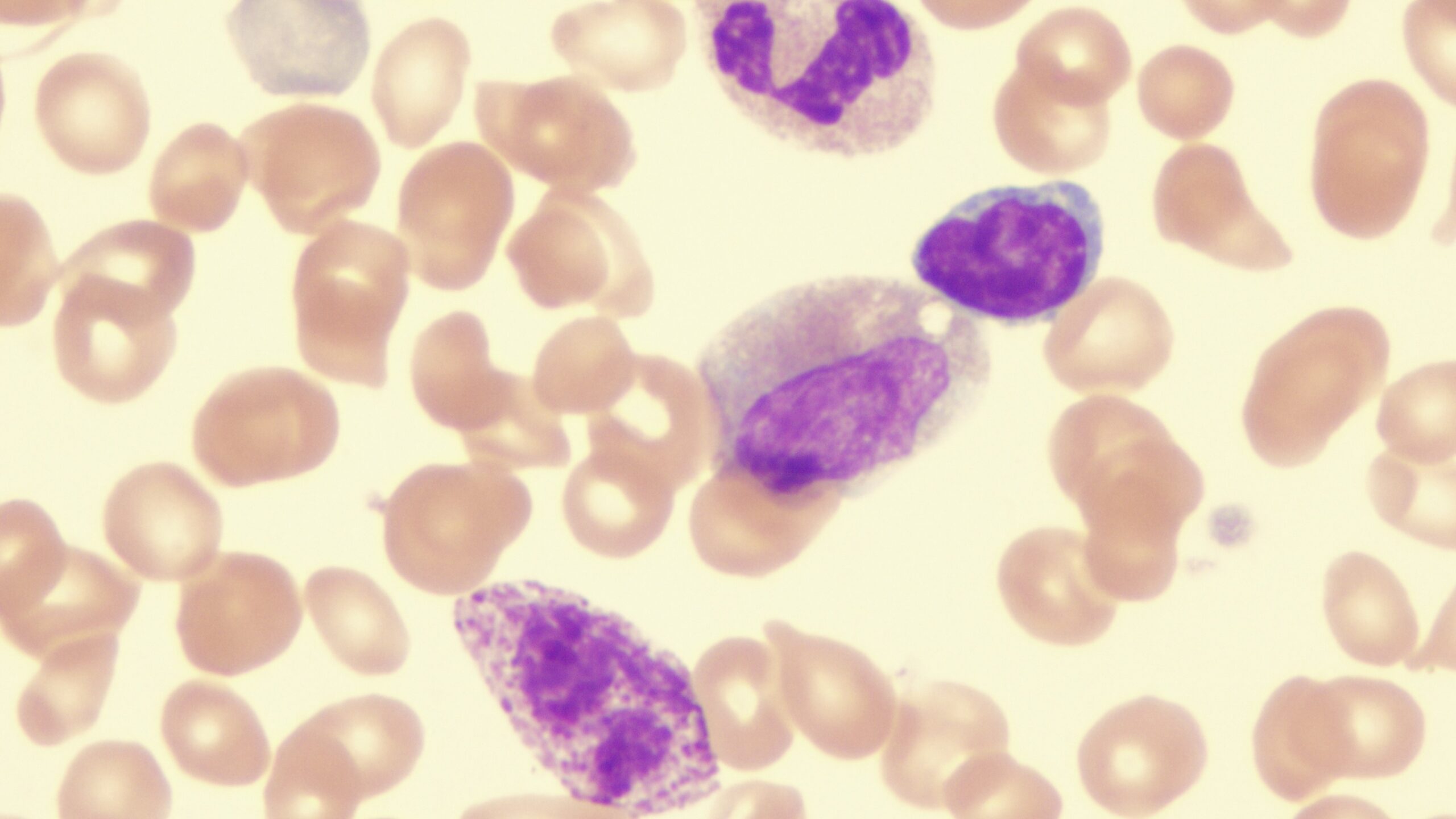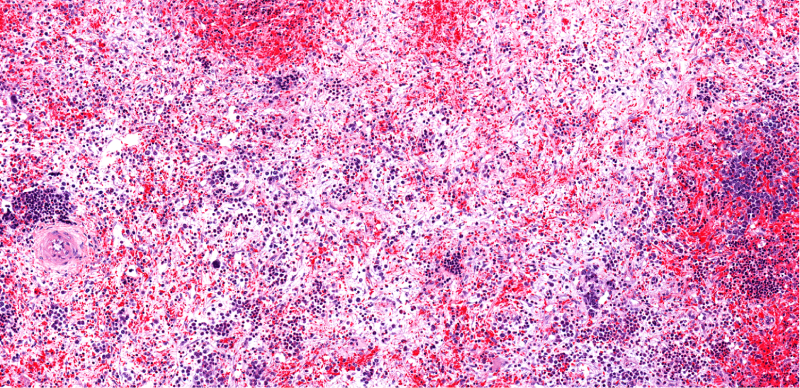
In patients with myelofibrosis, momelotinib and ruxolitinib improved bone marrow fibrosis grade; however. the improvement was not associated with treatment efficacy or increased overall survival (OS), researchers reported in an analysis presented in eJHaem.
Additionally, the benefit of momelotinib in managing anemia was present regardless of bone marrow fibrosis improvement.
“These data suggest that the anemia benefit of momelotinib is not linked to [bone marrow fibrosis] changes and question the use of [bone marrow fibrosis] assessment as a surrogate marker for clinical benefit with [Janus kinase] inhibitors,” wrote lead author, Stephen Oh, MD, PhD, of the Washington University School of Medicine in St. Louis, Missouri.
Bone Marrow Fibrosis Not Effective Marker for Treatment Response
The analysis utilized data from the phase III double-blind SIMPLIFY-1 trial on momelotinib (n=144) versus ruxolitinib (n=160). Endpoints included bone marrow grade per World Health Organization criteria, Total Symptom Score, spleen volume, transfusion dependency, and hemoglobin levels.
In patients with increases of one or more in bone marrow fibrosis grade, 87% of those on momelotinib achieved transfusion independence versus 44% on ruxolitinib. In patients with stable or worsening grade, 76% and 56% of those on momelotinib and ruxolitinib achieved transfusion independence, respectively.
Notably, bone marrow fibrosis grade changes were not associated with transfusion independence for momelotinib (P=.350) or ruxolitinib (P=.096), and hemoglobin levels generally increased with momelotinib but decreased with ruxolitinib, regardless of grade changes.
Additionally, changes in bone marrow fibrosis were not associated with spleen (momelotinib, P=.126; ruxolitinib, P=.407) or symptom outcomes (momelotinib, P=.617; ruxolitinib, P=.833), nor was a grade increase of one or more associated with improved OS (momelotinib, P=.395; ruxolitinib, P=.407).
“The clinical significance of [bone marrow fibrosis] changes with nontransplant therapies for myelofibrosis should be carefully evaluated to better understand its role in disease modification, the pathogenesis of myelofibrosis, and clinically important outcomes,” Dr. Oh and colleagues wrote.
Related: Can Splenic Irradiation Improve HSCT for Myelofibrosis?





 © 2025 Mashup Media, LLC, a Formedics Property. All Rights Reserved.
© 2025 Mashup Media, LLC, a Formedics Property. All Rights Reserved.